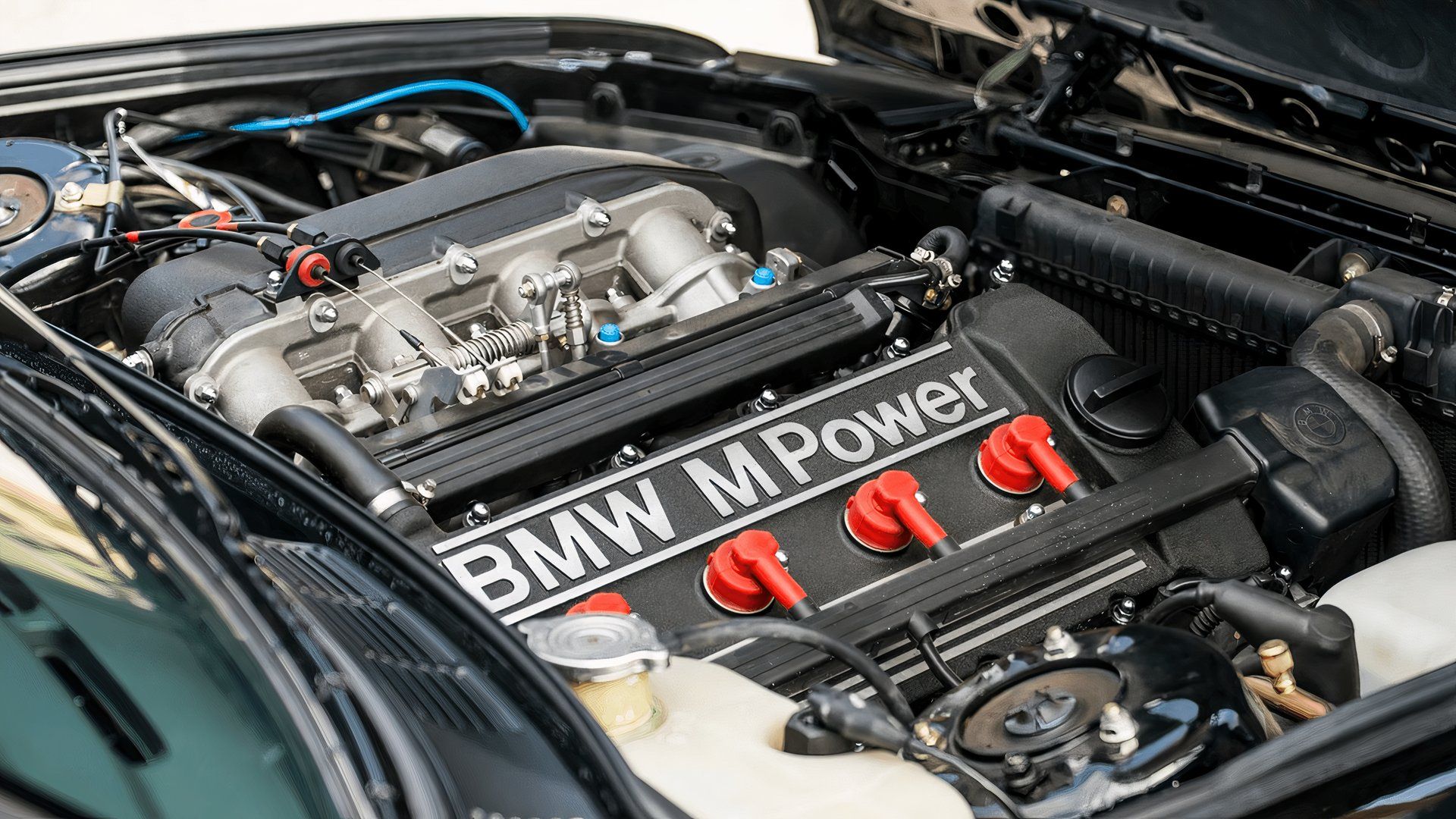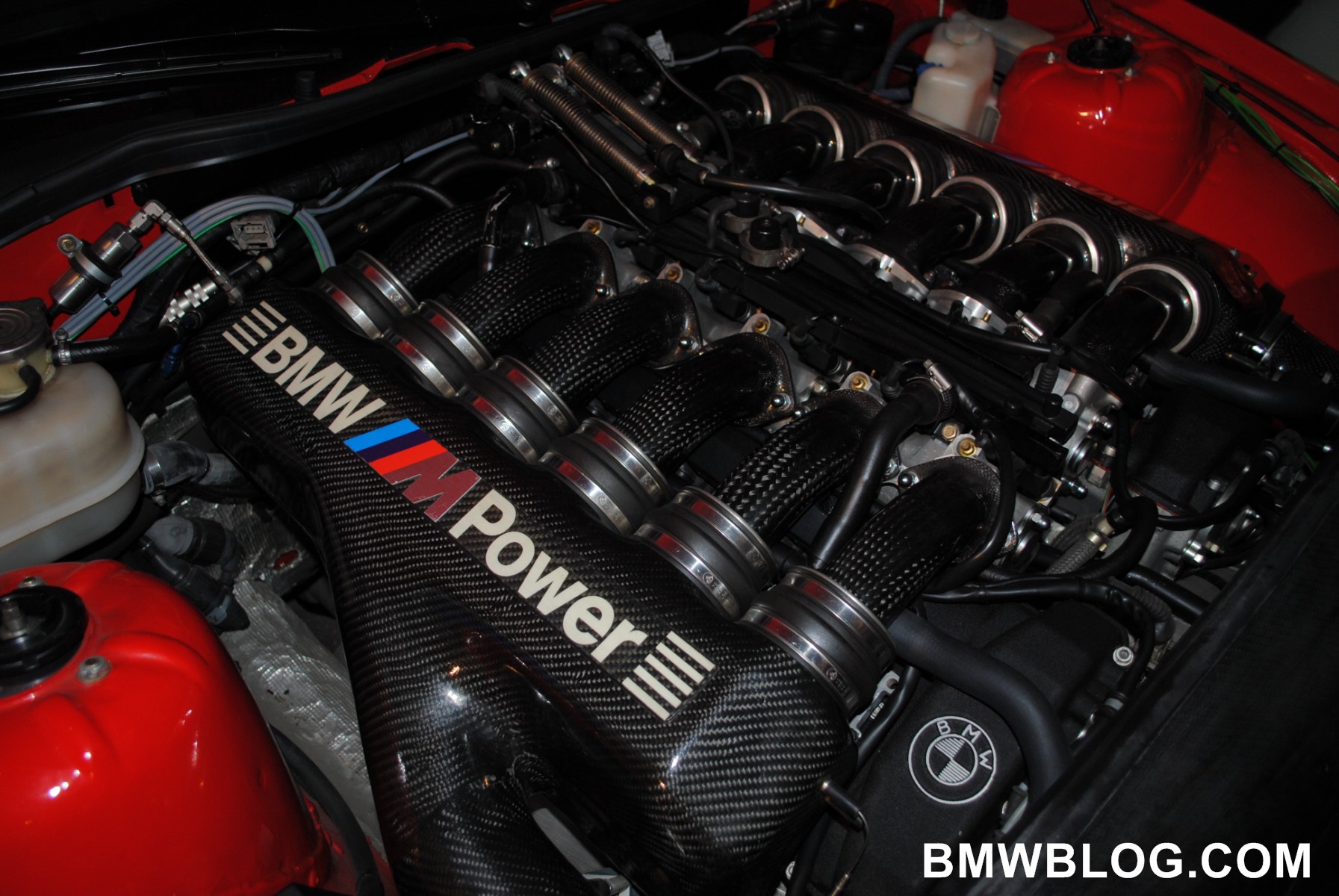Exploring the Performance Enhancements of the current BMW Engine Designs
Exploring the Performance Enhancements of the current BMW Engine Designs
Blog Article
Checking Out the Advancement of Burning Engines in Modern Transportation Equipments
As we navigate the landscape of modern-day transport, the evolution of burning engines stands as a testimony to human resourcefulness and engineering expertise. From their humble starts to the sophisticated giants moving lorries today, combustion engines have actually undertaken a remarkable journey of technology and adjustment. Understanding the ins and outs of this development not only sheds light on the past yet also paves the means for visualizing what lies in advance in the world of transport innovation. The interaction of history, technology, and ecological issues fit the trajectory of burning engines produces a story that is both engaging and insightful.
Early Beginnings of Combustion Engines
Exactly how did the idea of burning engines initial arise in the onset of transport advancement? When the principles of internal combustion were initial explored, the roots of combustion engines can be mapped back to the 17th century. In 1673, Christian Huygens conceptualized a basic interior combustion engine that made use of gunpowder to produce power. It had not been up until the late 19th century that functional applications of burning engines in transport started to arise.
The breakthrough minute included the creation of the first successful gasoline-powered engine by Karl Benz in 1885 - bmw engine. This engine paved the method for the development of the modern car, reinventing transportation systems worldwide. Subsequent technologies by Nikolaus Otto and Gottlieb Daimler better fine-tuned combustion engine modern technology, bring about the mass manufacturing of cars and the quick expansion of the transport industry
These early burning engines were defined by their simplicity and effectiveness, laying the structure for the complex and effective engines used in contemporary transportation systems. The evolution of combustion engines has been critical in forming the method we take a trip and transfer items, marking a significant milestone in the history of transport growth.
Transition to Internal Combustion Modern Technology
The transition to interior combustion modern technology marked an essential change in the evolution of transportation systems. This change began in the late 19th century, with creators like Nikolaus Otto and Gottlieb Daimler creating the first effective internal burning engines. These engines changed transport by providing an extra effective and efficient alternative to steam engines and electrical motors.
One of the vital benefits of internal burning engines was their ability to be reduced to fit right into lorries, resulting in the growth of cars and bikes. This change from cumbersome, stationary engines to compact, mobile ones paved the means for the modern transport systems we see today.
The transition to inner burning modern technology also spurred developments in fuel modern technology, bring about the advancement of fuel and diesel as main fuel resources for vehicles. This shift not just made transportation a lot more accessible to the masses yet likewise laid the structure for the oil and gas market to come to be essential to global look at more info economies.
Impact of Combustion Engines on Transportation
The fostering of burning engines in transportation systems catalyzed an extensive change in the effectiveness and speed of worldwide flexibility. Combustion engines reinvented transportation by supplying a flexible and trusted source of power for various cars, including cars and trucks, vehicles, aircrafts, and ships. This advancement dramatically improved the ability for products and people to conform fars away in shorter period, causing raised connectivity in between areas and countries.
Additionally, the extensive use of burning engines has had a considerable effect on economic development. The capability to transport items effectively has stimulated profession and commerce, enabling organizations to increase their markets and get to customers worldwide. This has actually assisted in economic growth and globalization, as products can now be transferred much faster and in bigger quantities than ever.
Nonetheless, the ecological impact of burning engines can not be overlooked. The burning of nonrenewable fuel sources has actually brought about air contamination and greenhouse gas discharges, contributing to climate modification and posing health and wellness dangers to populaces. bmw engine. Consequently, there is a growing emphasis on creating alternate propulsion modern technologies to alleviate these adverse results and develop an extra sustainable future for transportation
Innovations in Combustion Engine Style
One significant advancement is the advancement of turbocharged engines, which YOURURL.com utilize exhaust gases to drive a generator that presses inbound air, permitting for more gas to be scorched, resulting in increased power result without a considerable boost in engine size. Variable valve timing systems have additionally reinvented engine style by enhancing airflow at various engine speeds, boosting both power and performance. These technologies collectively add to the continuous enhancement of combustion engines in contemporary transportation systems.
Future Fads in Burning Engine Advancement
With technology improvements driving continuous innovation, the future of combustion engine growth is positioned to reinvent transportation systems internationally. One of the key trends in combustion engine growth is the push in the direction of higher effectiveness and reduced emissions.
Another noticeable pattern is the fostering of crossbreed modern technologies in combustion engines. Crossbreed engines incorporate conventional combustion modern technology with electrical power, supplying boosted gas performance and reduced exhausts. As the automobile industry changes in the direction of electrification, hybrid burning engines are seen as a transitional option that links the void between traditional cars and completely electric ones.
Furthermore, the assimilation of wise technologies, such as synthetic knowledge and information analytics, is expected to play a considerable duty in the future of combustion engine development. These modern technologies can optimize engine performance in real-time, causing a lot more reliable burning processes and boosted general automobile performance. Embracing these future patterns will not just drive development in burning engine development however likewise add to a more ecologically friendly and sustainable transport environment.

Final Thought
In conclusion, the advancement of burning engines in modern-day transportation systems has actually been marked by significant advancements in modern technology and style. From the early beginnings of burning engines to the transition to inner combustion modern technology, these engines have actually had a profound influence on transportation.
The origins of combustion engines can be traced back to the 17th century when the concepts of interior burning were initial discovered. These engines reinvented transport by offering a more efficient and effective option to heavy steam engines and electric motors.

Report this page